You’ve probably owned it, touched it, or even sweated it. Without knowing what it was. 480T Pongee fabric is a high-thread-count, finely woven polyester material. It packs strength, softness, and sleekness into one fabric. The "T" stands for threads per inch, and 480 is no small number. That makes it tighter than most weaves, and yes, better at resisting wind, water, and wear. In short, it's like the fabric equivalent of a Swiss Army knife—light, reliable, and surprisingly strong.
|
Parameter |
Details |
|
Also Known As |
High-density Pongee, Polyester Pongee, Lining Pongee |
|
Manufacturing Process |
Woven (Plain Weave), High Thread Count Finishing, Calendered |
|
Appearance |
Smooth, Semi-glossy, Matte (if calendered), Soft Hand Feel |
|
GSM Range |
35 – 80 GSM |
|
Composition Range |
100% Polyester (Filament), occasionally blended with Nylon (5–10%) |
|
Construction Range |
480T (Thread count), Plain Weave, 190×190 or higher yarn density |
|
Functionality Finishes |
TPU, PU, PVC, AC (Anti-Static), W/R (Water Repellent), PA (Polyamide), Milky |
|
Possible Yarn Count |
20D, 50D, Filament Polyester |
|
Full Width |
57/58" |
|
Fabric Breathability |
Medium (Varies with Coating Type) |
|
Stretchability |
Low (Non-Stretch Woven) |
|
Prone to Pilling/Bubbling |
Low (Filament structure resists pilling) |
|
Country of First Production |
Japan, ~1960s (during polyester innovation boom) |
|
Biggest Exporter Country |
China (~65% of global export; over 180,000 tons/year) |
|
Recommended Washing Temperature |
30°C (Cold or Lukewarm Wash) |
|
Drying Instructions |
Air Dry or Low Tumble Dry; Avoid Direct Sunlight |
|
Ironing Guidelines |
Do not iron directly; use a steamer or a press cloth |
|
Color Fastness (ISO Rating) |
4–5 (Excellent, after dyeing and coating) |
|
Abrasion Resistance |
High (>15,000 cycles Martindale test) |
|
UV Resistance (Post Coating) |
Moderate to High (Especially with PU/UV finish) |
|
Tear Strength (Warp/Weft) |
20–35 N (depending on yarn density and coating) |
|
Waterproof Rating (with PU coating) |
800mm to 3000mm Hydrostatic Head |
|
Finishing Uses to Increase Functionality |
PU/TPU Lamination, Anti-UV Coating, DWR (Durable Water Repellent), Silver Coating |
|
Common Applications |
Tents, Umbrellas, Sleeping Bags, Windbreakers, Backpacks, Luggage, Flags |
|
Printability |
Excellent (sublimation, screen print, transfer print) |
|
Eco-Friendly Versions Available? |
Yes (Recycled Polyester, Cationic Dyed Variants) |
|
Availability in the Market |
Widely available (Stock & Made-to-order) |
|
Price Range (Per Yard) |
$0.80 – $2.50 (depends on coating & finish) |
Table Of Contents
How 480T Pongee Is Made
“480T” Thread Count
Let’s decode that cryptic “480T” term. It refers to 480 threads per square inch. That’s tighter than the weave on many bedsheets, which often range from 200T to 400T. This dense weave gives 480T Pongee its smooth texture, low porosity, and impressive durability.
More threads = fewer gaps = stronger, more water-resistant fabric.
Fabric Composition and Structure
Most 480T Pongee fabrics are made from 100% polyester filament yarns. These filaments are extruded to be thin yet strong. The weave? Usually a plain weave, which is simple, balanced, and adds uniformity to the surface.
Key Properties of 480T Pongee Fabric

Water Resistance and Durability
Here’s the cool part. The dense weave of 480T Pongee doesn’t let water sneak through easily. Many variants come with PU (polyurethane) or PVC coatings, boosting waterproof ratings to over 1000mm hydrostatic pressure. That’s enough to handle heavy rain.
Durability? This fabric can endure tensile strengths over 200 N/5cm. Translation: it won’t tear under pressure.
Lightweight Yet Tough
Despite its high thread count, 480T Pongee usually weighs only 60 to 70 grams per square meter (GSM). That’s featherlight. You can carry or wear it for hours without feeling weighed down—perfect for jackets, backpacks, or tent linings.
Breathability and Comfort
Thanks to the polyester fibers and fine weave, this fabric holds its shape yet allows airflow. With the right backing, it maintains moisture-wicking properties. You sweat. It evaporates. You stay dry.
Applications
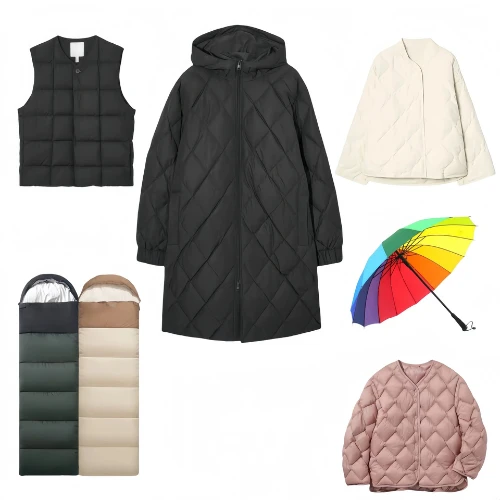
Outdoor and Sports Gear
It’s a go-to fabric for camping tents, hiking jackets, sleeping bag liners, and backpack covers. That’s because it’s weather-resistant, strong, and folds easily without creasing. Think about your raincoat? Yup. Likely Pongee.
Everyday Items and Accessories
480T Pongee sneaks into umbrellas, laptop sleeves, suit linings, and even promotional tote bags. It resists abrasion better than cotton, and it’s smoother to the touch.
Apparel and Jackets
Many mid-tier windbreakers and lightweight jackets use 480T Pongee as a lining or shell. The fabric’s structure helps block wind while keeping a soft, subtle sheen—so you stay warm and stylish.
Pros and Cons: Is It Right for You?
Benefits of 480T Pongee Fabric
- High strength-to-weight ratio
- Smooth, professional appearance
- Water- and wind-resistant
- Packs tightly—great for travel
- Affordable compared to natural fibers
Drawbacks to Consider
- Less breathable than cotton or nylon
- May require coatings for full waterproofing
- Synthetic—so not biodegradable
- Sensitive to high heat (don’t iron!)
How to Care for 480T Pongee Fabric
Washing and Drying Tips
- Wash with cold or lukewarm water (max 30°C).
- Use mild detergent—no bleach.
- Avoid spin cycles over 800 rpm.
Avoiding Common Mistakes
Never iron it directly. You’ll melt it. Use a press cloth or steamer if you must remove wrinkles. And don’t dry clean—solvents may degrade the coatings.
Final Thoughts: Why It Deserves More Credit
480T Pongee fabric doesn’t scream for attention, but it gets the job done—and done well. It’s strong, affordable, water-resistant, and ridiculously versatile. Whether you’re scaling a mountain or dodging raindrops in the city, this fabric works in silence. Honestly, it's the sidekick every superhero (and camper) needs.
FAQs
1. Is 480T Pongee better than nylon?
Not better—just different. Pongee is smoother and cheaper. Nylon is tougher but more expensive and heavier.
2. Can I use 480T Pongee for DIY projects?
Absolutely. Great for making light bags, picnic blankets, or jacket linings.
3. Is 480T Pongee waterproof?
By itself, it's water-resistant. Add PU coating, and it becomes fully waterproof.
4. How long does 480T Pongee last?
With average use, it can last 3–5 years or longer if stored properly and cared for.
5. Can I print on 480T Pongee fabric?
Yes! Sublimation and heat transfer printing work well—just avoid high heat.


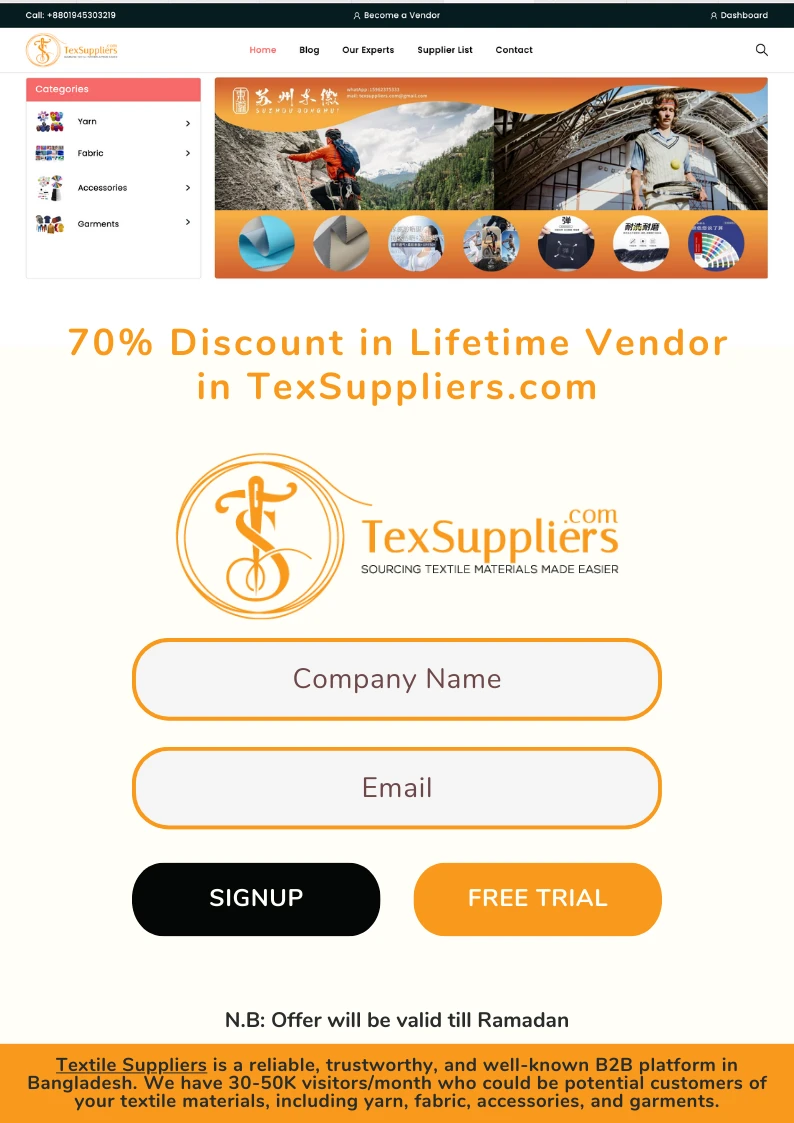
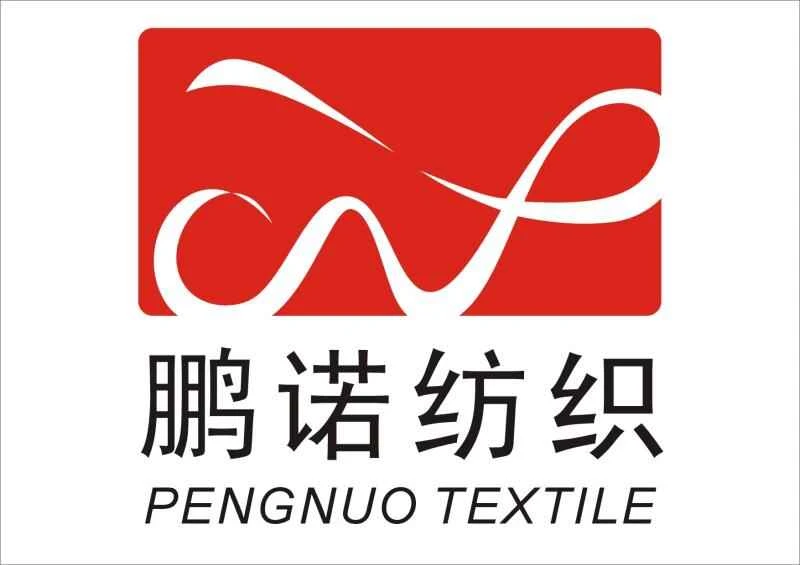

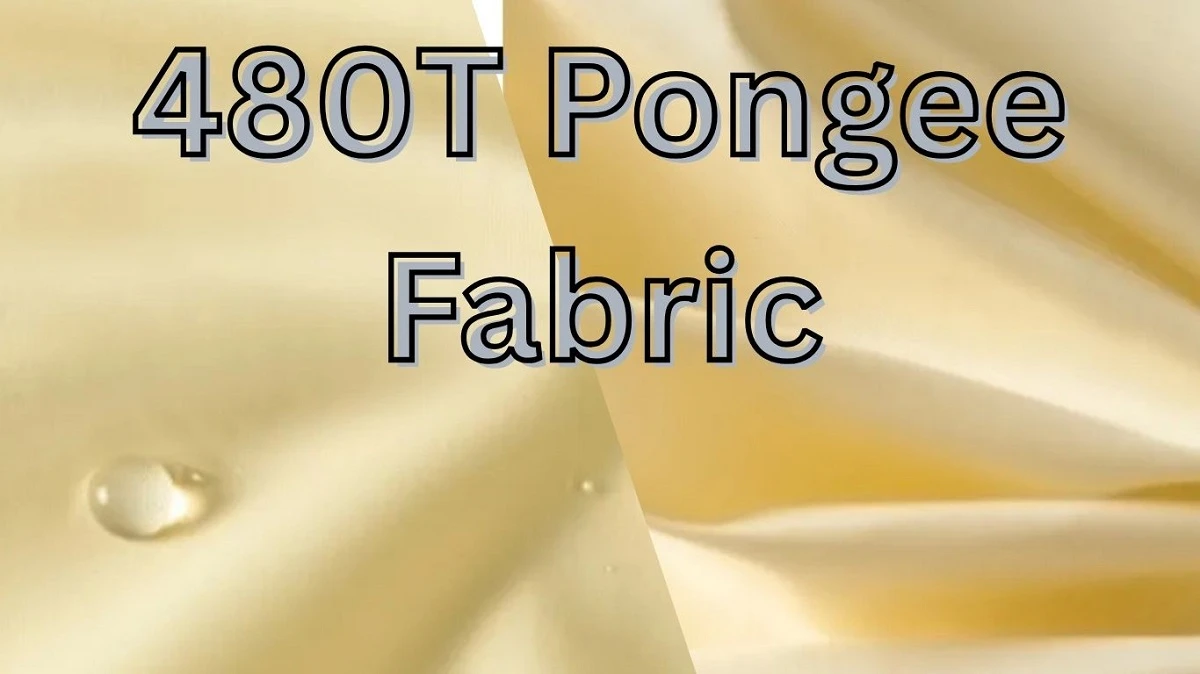
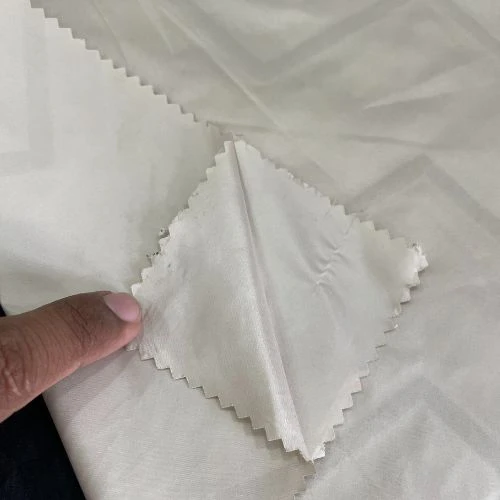
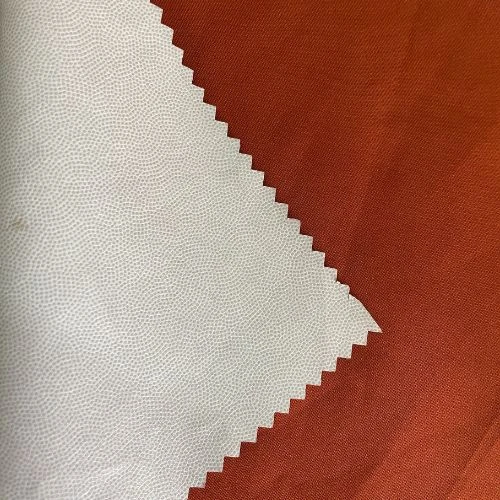
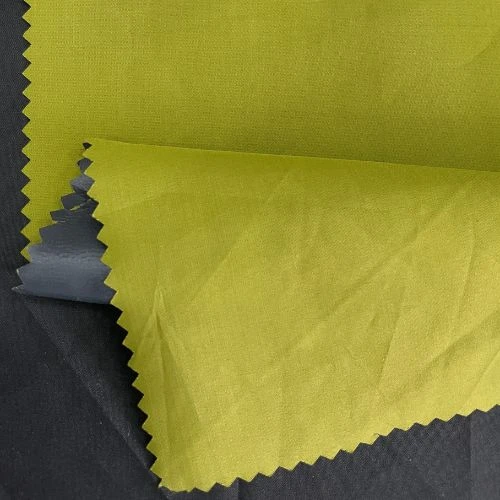
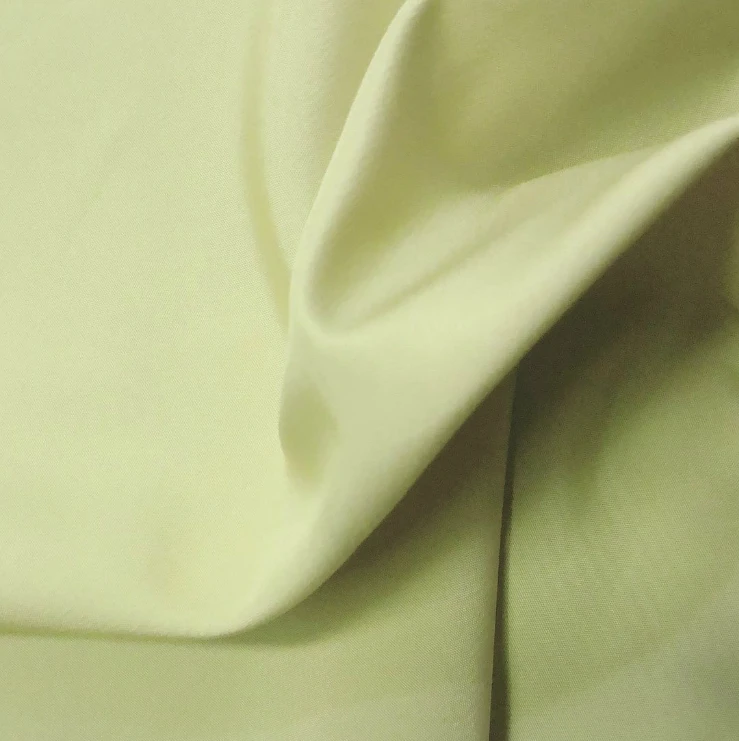
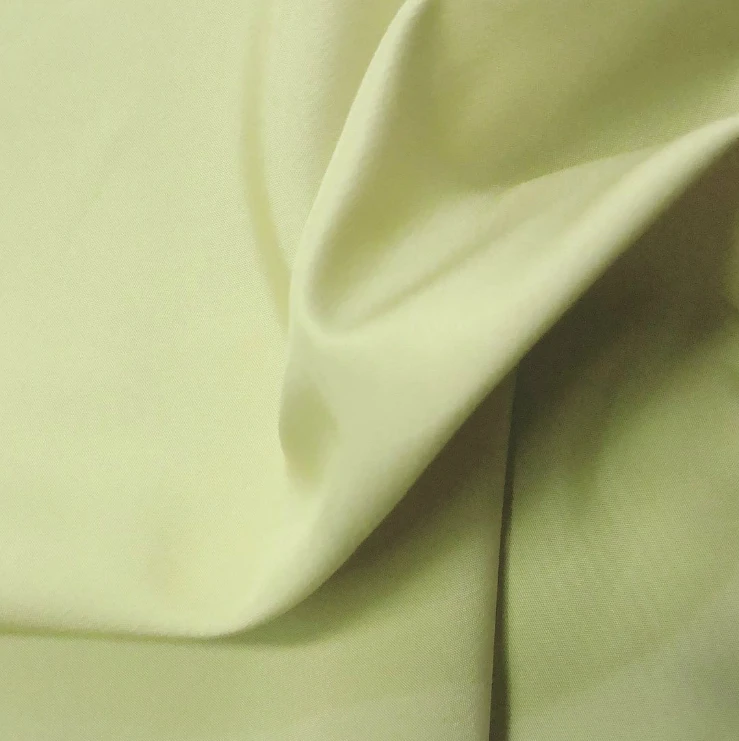
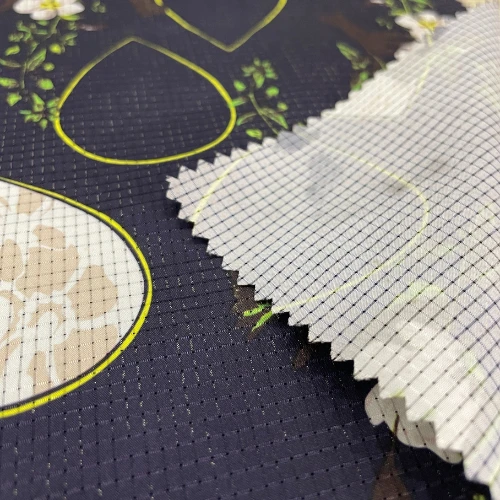
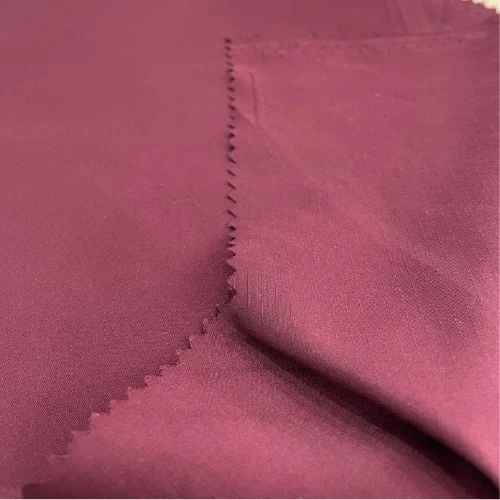
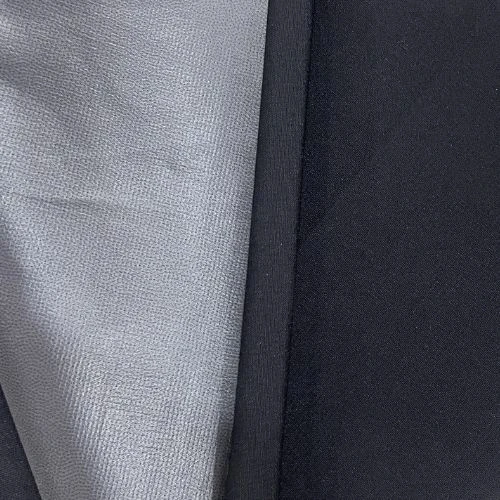
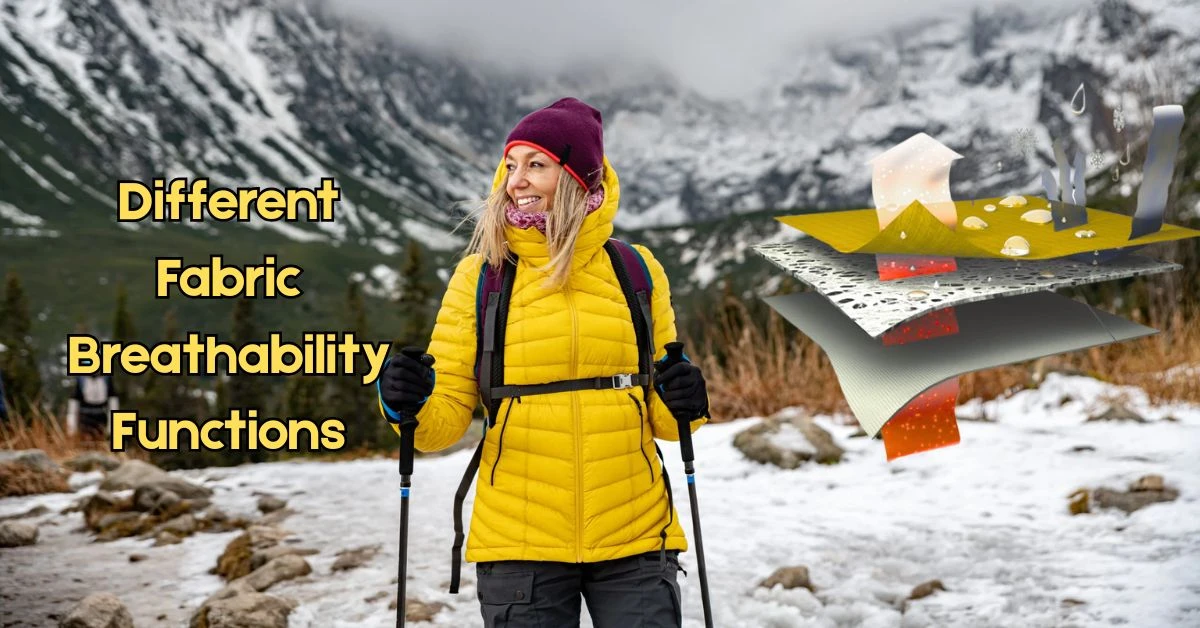
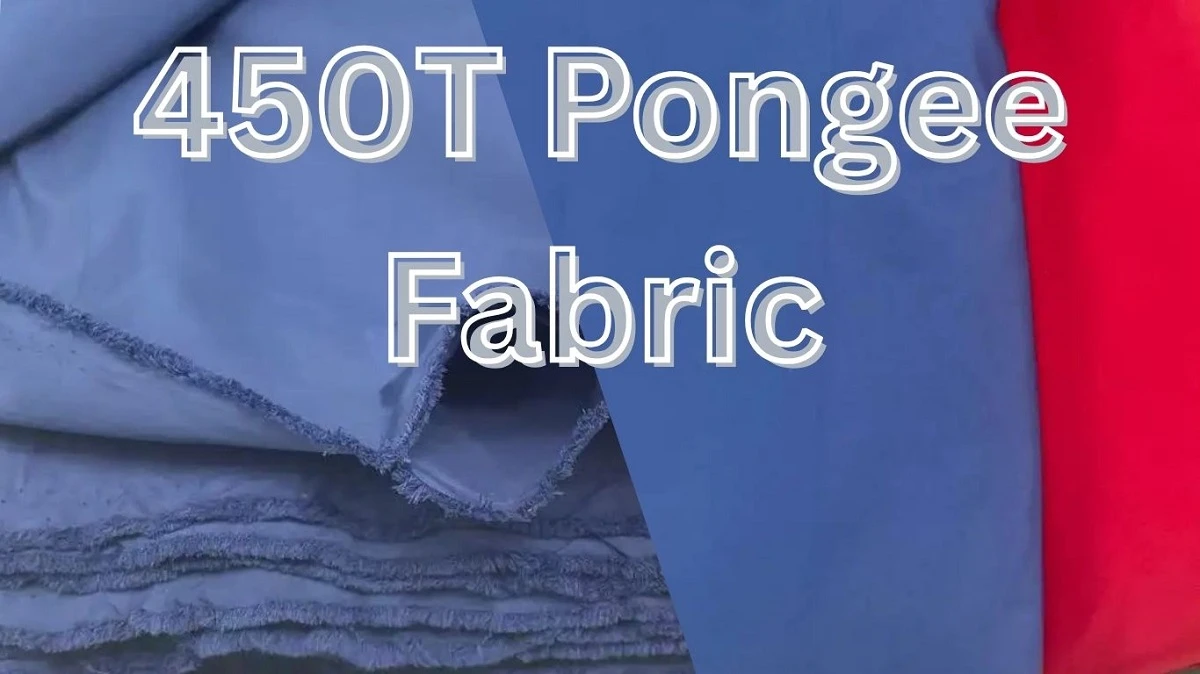
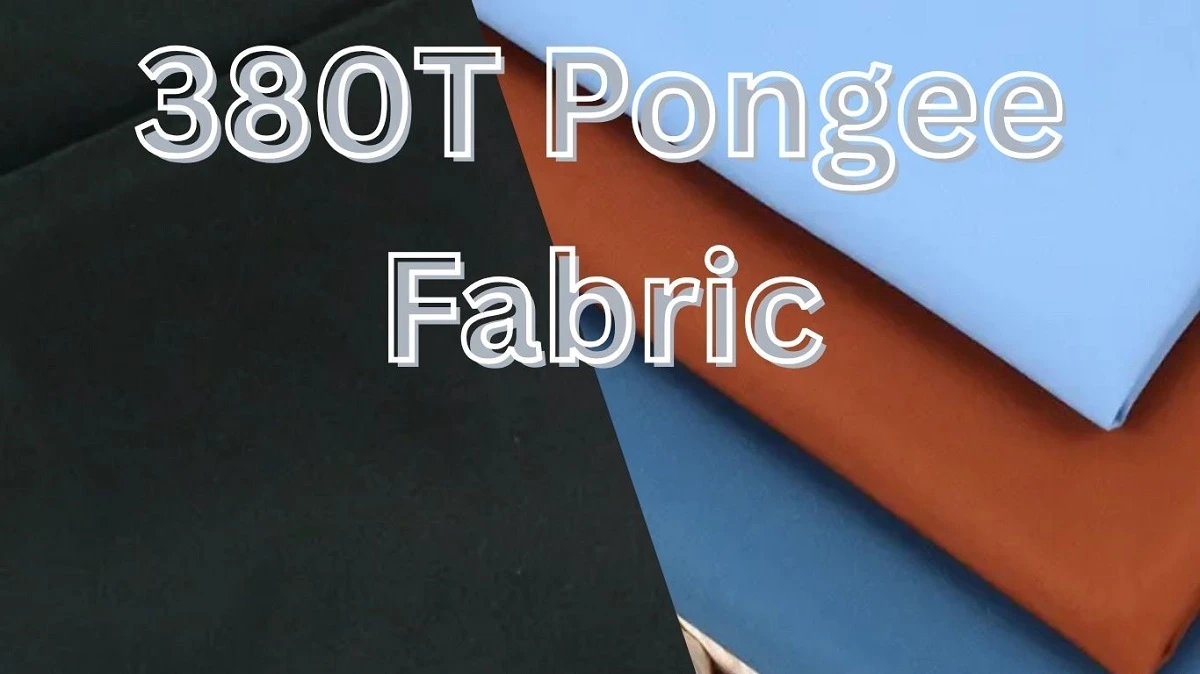
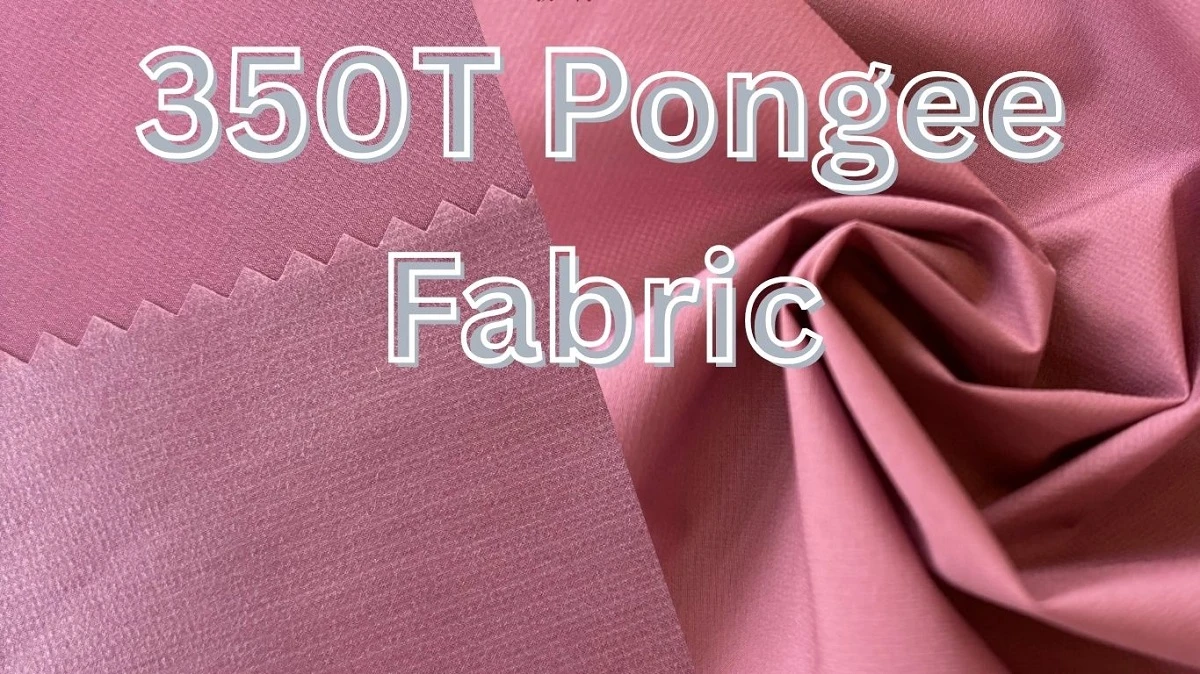
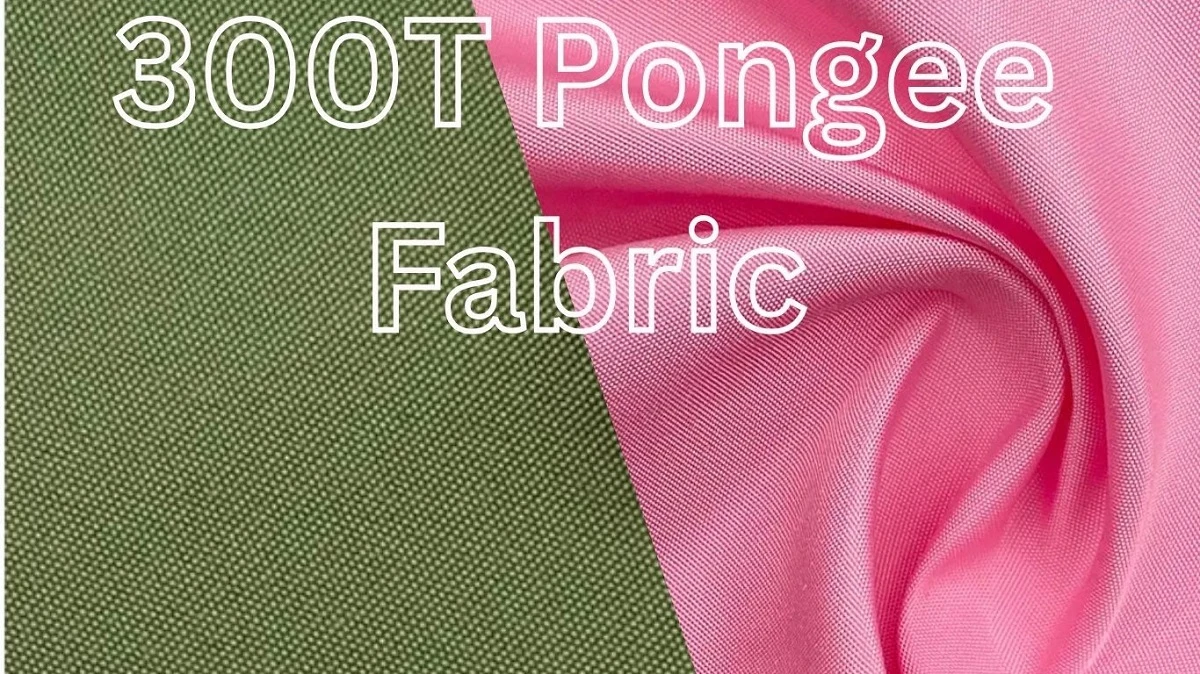
Comments - 00
Leave A Reply
Thanks for choosing to leave a comment.